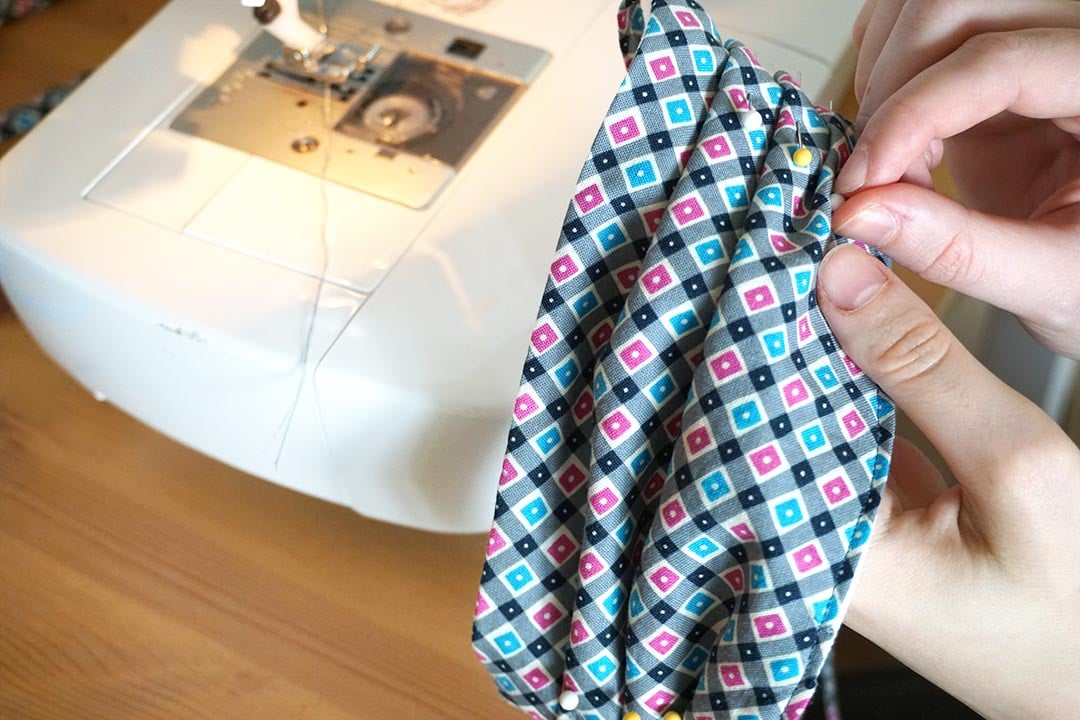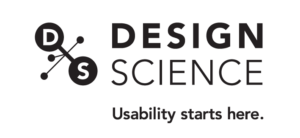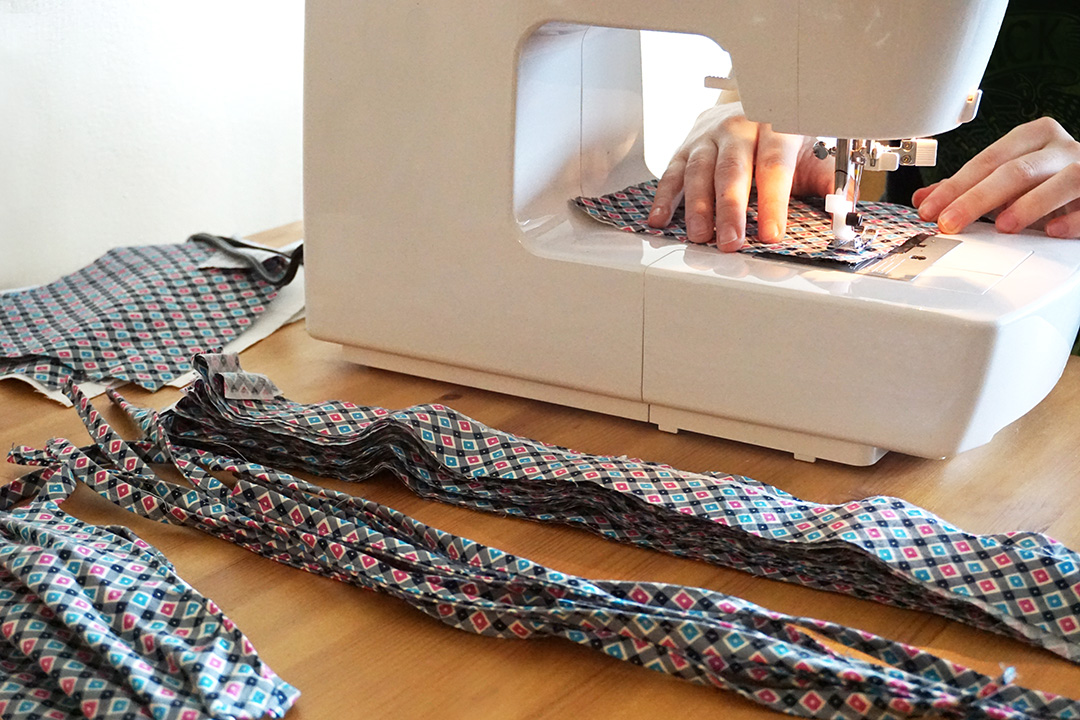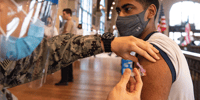Thousands of people are making home-made face masks to combat COVID-19. How can you help?
/ in involvement , covid19 , worldhealth / by Dani BannerEvery day, more and more hospitals and care centers are facing supply shortages due to COVID-19. Many medical professionals are resorting to re-using their masks for days, which increases their own risk of illness. Fortunately, thousands of people around the world have decided to take action right from their homes. Sewing experts and beginners are picking up their sewing machines to make home-made masks for themselves, their families, and healthcare workers.
Even if you can’t make dozens of masks to donate, making home-made masks for yourself, and those around you is great! Members of the Design Science team are joining in too, in order to give back to the communities we work with nearly every day.
So, do home-made masks work?
When constructed properly, home-made masks can prevent us from inhaling and expelling microdroplets containing the virus in the air. Home-made masks are not a substitute for medical grade N95 masks, however cloth masks can be used overtop of N95 masks to prolong their use, and can be washed and re-used. There’s currently little research done on exactly how effective common fabrics are for filtration, however a cloth mask is significantly better than wearing no mask at all.
How can I get started?
Organizations have started to pop up online to help connect healthcare workers with mask-makers. These facilities include hospitals, nursing homes, vets, and first-responders who may need masks. Some organizations that are gaining popularity include MakeMasks and Joann Fabrics. Others such as “We need handmade masks” have an open Google Document list for healthcare facilities around the US that are looking for masks, with any requirements they have. Many facilities may provide requested patterns and delivery instructions.
Alternatively, you can also call your local hospitals and healthcare facilities to see if they’re accepting donations—note that since home-made masks are not medically approved, not all facilities will accept them. Once you have your facility selected, you can use a pattern that they requested, or use one found online. There are a number of great mask-making tutorials on Youtube, or follow alongside written instructions from the New York Times.
What materials will I need?
While making your masks, keeping a hygienic work area and washing your hands before working is crucial. Do not make masks if you have been exposed to COVID-19.
- A sewing machine, or needle and thread.
- Tightly woven, 100% cotton fabric. One mask will use two to four layers of fabric. Colorful fabric prints are not only fun, they actually serve an important purpose: to allow facilities to quickly and easily differentiate between home-made and medical grade masks. Be sure to wash and dry your fabrics first to make sure they are clean, and pre-shrunk. If used in a healthcare facility, they may be washed often.
- Elastic, or fabric ties in the back. While elastic ties are the quickest method, many workers are now requesting masks that tie in the back. This is because they may be worn over top of N95 masks, and can cause discomfort on the ears after prolonged periods of time. Ties can be made with strips of your cotton fabric.
- Optional: Filters and Filter Pockets. Fabric alone isn’t a perfect filter. Some facilities are desperately looking for masks with filters, or at least filter pockets. Consider using a pattern that includes a filter pocket.
Thank you for taking the time to help keep yourself, and others safe. Whether you make 1 mask or 1,000, your effort truly makes a difference. Good luck and stay safe, we’re all in this together!


Share this entry
-
Share on Facebook
Share on Facebook
-
Share on Twitter
Share on Twitter
-
Share on Google+
Share on Google+
-
Share on Linkedin
Share on Linkedin
-
Share by Mail
Share by Mail





